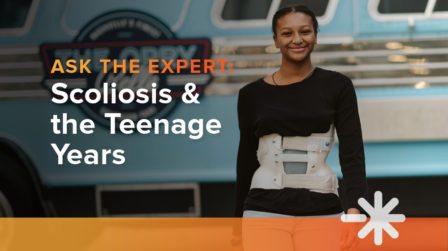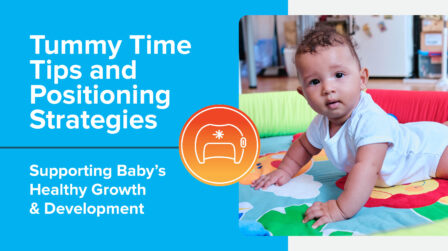
Adolescent Idiopathic Scoliosis
An abnormal curving of the spine in otherwise healthy adolescents.
Understanding Adolescent Idiopathic Scoliosis
In scoliosis, the bones of the spine shift and rotate from where the middle of the spine should be, causing it to curve. Although it can affect anyone at any age, it is most commonly diagnosed between the ages of 9 through 16 and is more often seen in girls than boys.
The clinical term for scoliosis in preteens and teens is “Adolescent Idiopathic Scoliosis or AIS”. During adolescence the rapid growth spurts that often occur can cause the degree of the scoliosis curve to change rapidly.
Signs and Symptoms
Scoliosis curves often cause changes to your child’s posture, but it is not usually painful. Their head may be shifted to one side of the body, one shoulder may appear higher than the other, and unequal arm gaps on the sides of the body are often observed.
Diagnosis
Idiopathic scoliosis typically appears in otherwise healthy preteens and teens and is usually diagnosed by their pediatrician or during a regular scoliosis screening at school. The screening exam most commonly used is the Adam’s forward bend test, when children are asked to touch their toes.
If your child is thought to have scoliosis, the pediatrician will usually refer you to a pediatric orthopedic physician for X-rays and to determine the best course of treatment.
Treatment
Depending on severity, there are three recommendations for scoliosis — observation, bracing, and surgery:
- Scoliosis curves less than 25 degrees are often observed by a spine doctor.
- When the curve is between 25-50 degrees on an X-ray and your child still has predicted growth remaining, the spine doctor may prescribe a scoliosis brace.
- If the curve is more than 50 degrees, the spine doctor may discuss surgery.

Ask the Expert: Scoliosis and the Teenage Years
One of the nation’s leading scoliosis experts, Megan Chamis, MSPO, CO, answers parents’ frequently asked questions about the condition from what it is to how it’s treated.

Latest Updates
Subscribe to stay up-to-date on our latest posts.


